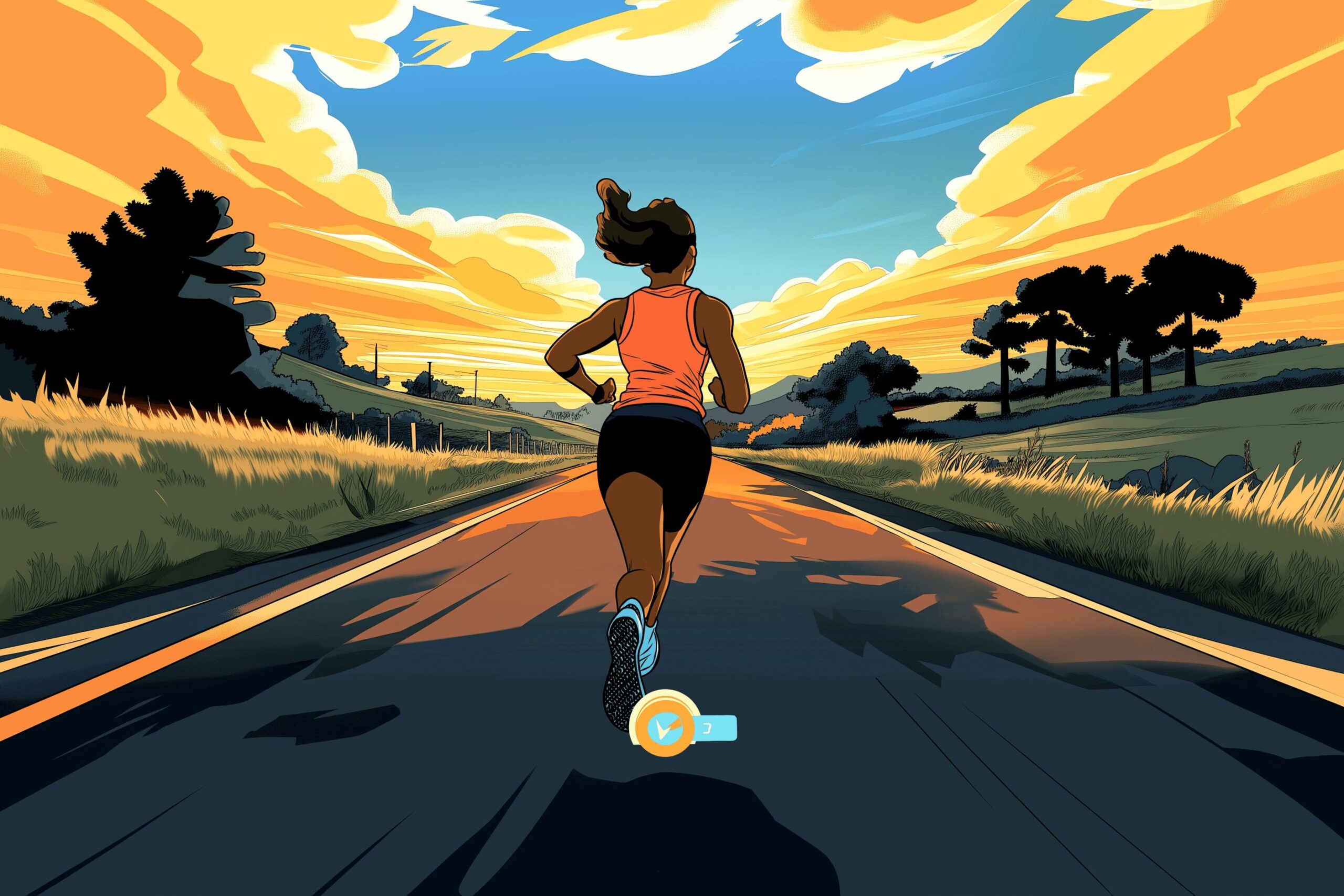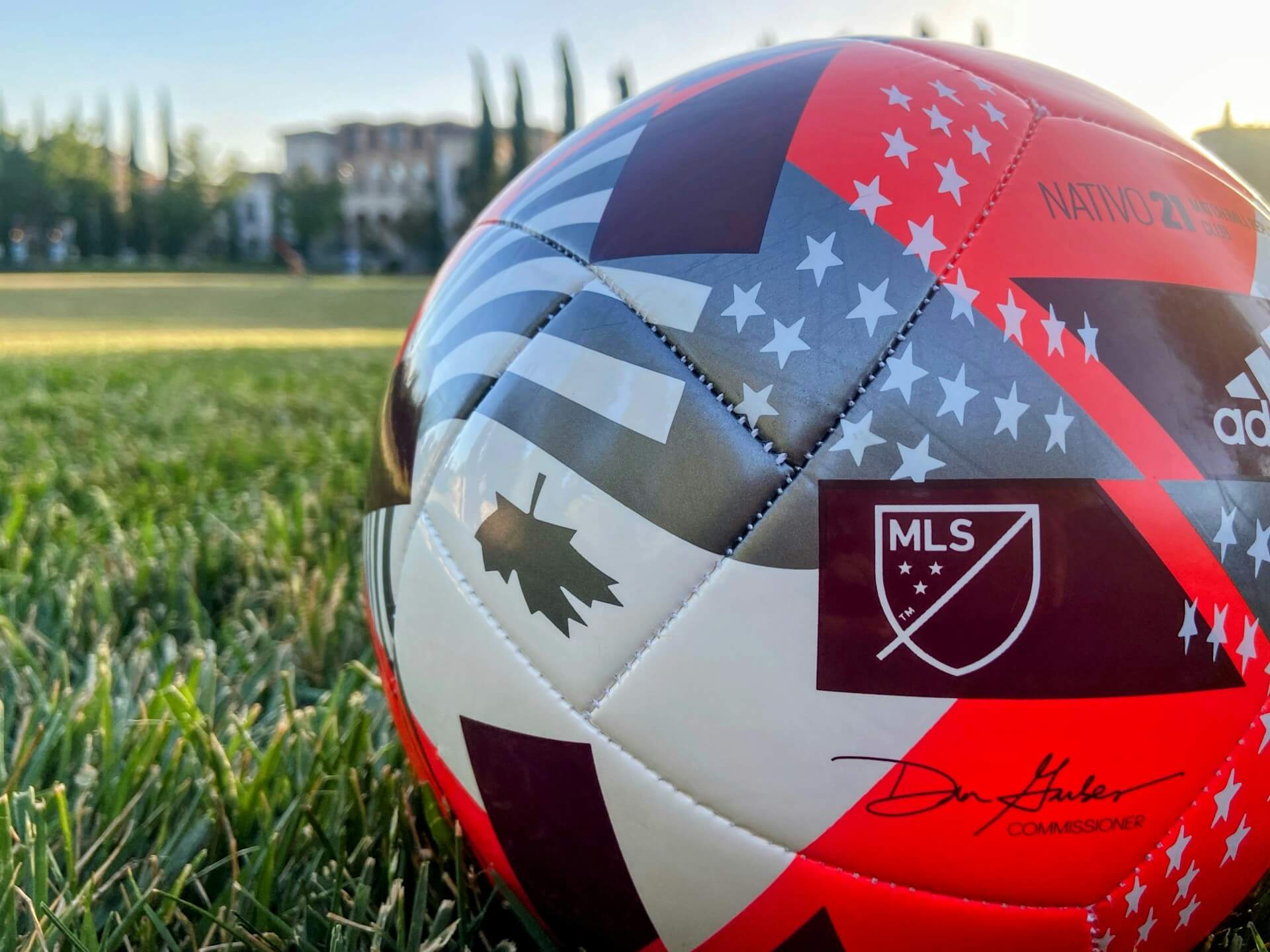How to Prevent Low Blood Sugar After Exercise
Feb 21, 2023

As an Amazon Associate, Modded gets commissions for purchases made through links in this post.
Everything is going fine as you crank out yet another rep at the pullup bar, when suddenly, you start feeling lightheaded, shaky and nauseous. Somebody says you look pale. You try to reply, but it’s like talking in a dream, your speech slurred and almost unintelligible as you start sweating profusely.
With trembling hands, you manage to open a sports drink. After forcing down a few swallows, your heart rate starts returning to normal, and within a half hour, you’re doing OK. But a hypoglycemic episode isn’t just an annoyance — it can be dangerous. Here’s how to prevent low blood sugar after exercise:
1. Know the Types of Hypoglycemia
Hypoglycemia is the medical term for low blood sugar. The sugar in your bloodstream comes from food, and its job is to keep you energized throughout the day and makes your organs function. Without blood sugar, your body would shut down. This is why it’s important to keep it from dipping too low.
Exercise-induced hypoglycemia (EIH), also known as low blood sugar after a workout, can affect people with or without diabetes. This article is aimed at people who don’t have diabetes, since managing a serious illness is more complex than can be covered here and requires advice from a doctor.
EIH sometimes happens if you suddenly work out much harder than usual. It can also happen if you exercise without eating a meal an hour or two beforehand, or after only consuming sugar or alcohol. Prolonged exercise without a snack break eventually results in you working out on an empty stomach, which can induce hypoglycemia, too.
Another type of hypoglycemia, called reactive hypoglycemia, occurs when you eat or drink too many carbs on an empty stomach. This makes your blood sugar spike. In response, your body produces too much insulin, which causes your blood sugar to plummet below the level it was at before you even ate.
Reactive hypoglycemia, also called postprandial hypoglycemia, is most common if you’re overweight, have a tumor called an insulinoma, had a gastric bypass or have certain underlying metabolic disorders. But sometimes it happens in seemingly healthy people, and doctors aren’t sure why.
2. Eat Consistently
If you’re otherwise healthy but suffer from EIH or reactive hypoglycemia, the first thing you need to do is evaluate your diet on the day of a workout. You should be eating several times a day, aiming to have multiple small meals. You can eat large meals as long as you have snacks throughout the day as well.
Skipping breakfast on the day of your workout, or only having a sugary sports drink before hitting the gym, can cause your blood sugar to rapidly swing up or down. You want your blood sugar to be as stable as possible.
3. Work Up to Working Out
Are you used to exercising? Going from a sedentary lifestyle to intense physical activity can cause EIH, so it’s wise to work up to exercise gradually. You can start incorporating light physical activity in your daily routine for a while before you start working out.
4. Check Your Sugar First
If you’re prone to low blood sugar episodes, you should invest in a glucometer. This is a meter that checks your blood sugar levels. They’re a lot cheaper than they used to be and simple to use.
Before exercising, clean your finger with soap and water or alcohol, then test your blood sugar. Hypoglycemia occurs at a level of 70 milligrams of sugar per deciliter of blood (mg/dL), or 3.9 millimoles per liter (mmol/L), depending on which units of measurement you’re using.
Below 54mg/dL, you’re in serious trouble. If you ever test your blood sugar and it’s below 54mg/dL, call for help and immediately get some quick-acting carbohydrates in your system, such as juice, honey, sugar dissolved in water or an emergency glucose pack.
Once your blood sugar stabilizes above 70mg/dL, have a full meal with plenty of protein, fat, and long-acting carbohydrates. Wait 15 minutes and test your sugar again until it’s above 100mg/dL.
If you test your blood sugar before exercising and it’s below 100mg/dL, have some carbohydrates before you work out. You’ll want to shoot for 15-30 grams of carbs, then wait 15 minutes.
Check your sugar again, and have another 15-30 grams of carbs until it’s at or above 100mg/dL. This is called the 15-15 rule, and it’s a mainstay of blood sugar management.
5. Have a Snack Beforehand
You checked your blood sugar and it was low, so you need to eat carbohydrates to bring it up before you can safely exercise. What contains 15-30 grams of carbs?
It’s a smaller amount of food than you might expect. Some examples include a half cup of unsweetened applesauce, half a banana, a granola bar or a half cup of fruit juice. Check the labels on your food so you know how many carbohydrates it contains.
Not all carbohydrates are created equal, however. Some, like sweet potatoes, brown rice, vegetables and beans are called complex carbs. These are like logs on a fire: slow to ignite, but burning for a long time, giving you fuel for hours. They take longer to digest but satisfy your hunger for longer, too.
Simple carbohydrates include things like cane sugar, milk or fruit juice. These quick-acting carbs are like twigs on a fire: quick to ignite, and quick to burn out. They’re easy to digest, and provide a spike in blood sugar that doesn’t last long.
These are the types of carbs to eat right before a workout if you have low blood sugar. But, throughout the day, you also need to eat long-acting, complex carbohydrates to fuel your body and keep your sugar stable.
Both categories of carbs can be healthy or unhealthy. For example, refined white flour is a complex carb, but it’s not considered very good for you. Likewise, soda, cane sugar and high fructose corn syrup are simple carbohydrates.
Whichever one you need to eat, choose healthy options that contain vitamins, minerals and fiber to fuel your body and avoid low blood sugar after exercise.
6. Stop to Check Your Sugar
Symptoms of hypoglycemia include sweating, shaking, nervousness, irritability, dizziness, hunger, fast heartbeat or confusion.
If you’re working out and you find yourself experiencing symptoms of hypoglycemia, stop to check your blood sugar. It only takes a few seconds. If it’s low, pause your workout for a few minutes and eat some carbohydrates.
7. Check Your Sugar Afterward
If you’re prone to low blood sugar, it’s a good idea to check your glucose levels after working out, too. This is especially important if you’re still just learning to manage your hypoglycemia.
8. Eat a Normal Meal
After working out, eat a balanced meal that includes protein, carbs and a small amount of fat. The protein helps repair your muscles, the carbs stabilize your blood sugar and the fat can help keep you full longer.
9. Consume Simple Carbs Cautiously
People who struggle with swings in blood sugar should do their best to eat a stable diet. This means eating plenty of protein, complex carbohydrates and fat throughout the day.
A diet low in complex carbohydrates with lots of simple carbs like honey, soda, syrup and cane sugar will cause blood sugar spikes throughout the day. It’s like trying to keep a fire going with just twigs, and requires constant input.
10. Be Careful With Alcohol
Drinking alcohol on an empty stomach can cause hypoglycemia, especially if you add exercise into the mix. This should go without saying, but don’t work out after drinking. Instead, you should nourish your body with healthy food and plenty of water when doing intense physical activity.
Prevent Low Blood Sugar After Exercise
Exercise is good for you. Even if you struggle with hypoglycemia, there are ways for you to manage it so you can have a healthy workout while keeping your blood sugar stable.
Stay up to date with the latest by subscribing to Modded Minute.
Author
Stay up to Date with the Latest
Your email address will only be used to send you our newsletter, and at any time you may unsubscribe. For more information, see our Privacy Policy.





